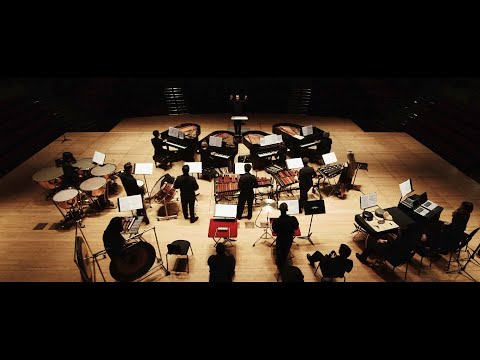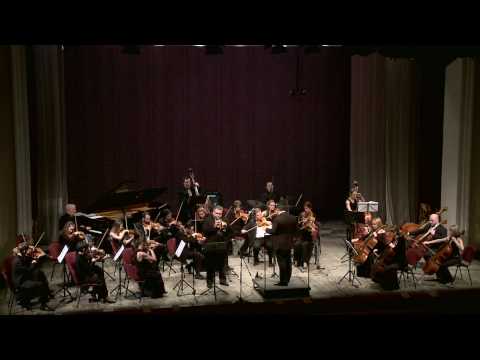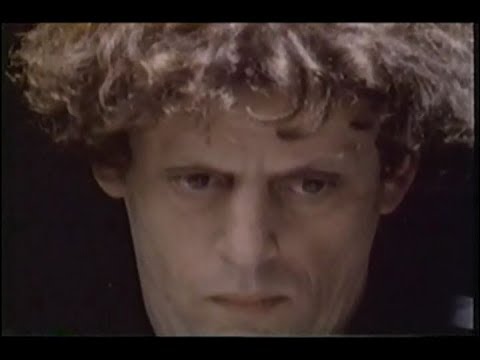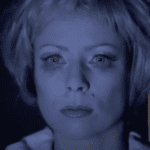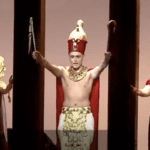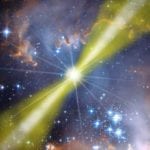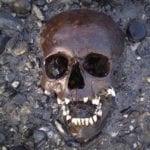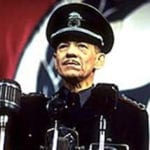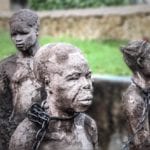- Dances Morton Feldman
Rather than beat around the bush I thought we would start with the most unusual piece on the list. Morton Feldman was a student of John Cage and was heavily influenced by his ideas of indeterminacy in music. Here we see a piece he wrote for dancer and performer.
- Black Angels George Crumb
This is the second section of Crumb’s Black Angels, based loosely on the Vietnam war. It is for electronic string quartet and it is quite a unique and beautiful piece (though very scary in parts). Part of this string quartet was used in the soundtrack for The Exorcist. Crumb is from West Virginia. 8. Triple Duo Elliot Carter
Elliot Carter was encouraged as a child to pursue music by Charles Ives (item 2). He is a native of New Yorker (now aged 98) and he studied at Harvard, and later with Nadia Boulanger in Paris; Boulanger taught a large number of the 20th century’s most important composers. Some of the others on this list who studied with Boulanger are Antheil, Copeland, Gershwin, and Glass. 7. Ballet Mecanique George Antheil This is a ground breaking work by George Antheil, a native of New Jersey. This video clip is especially important because it was not until the 1990s that this video and the score by Antheil were finally joined together (they were intended to be together from the outset). Leger was the filmmaker. The original orchestration called for 16 player pianos (pianolas) in four parts, 2 regular pianos, 3 xylophones, 7 electric bells, 3 plane propellers, siren, 4 bass drums, and 1 tam-tam. As it turned out, there was no way to keep so many pianolas synchronized, so early performances used a re-orchestration with 1 pianola and 10 pianos.
Nixon in China John Adams If you are not familiar with contemporary opera, get ready for a surprise! This is an opera by John Adams, an American minimalist composer, based upon the visit of President Nixon to China in 1972. This is only one small part but large segments can be seen on youtube. I felt this needed to be included because it shows just how much great opera has come out of America in the last century.
In a Landscape John Cage I selected this piece because it is a strong contrast to the majority of Cage’s work. He is, of course, most famous for his piece 4’33” in which the performer or performers make no sound for four and a half minutes. He was probably the most avant-garde American composer. This piece is a very calm and beautiful piece for solo piano.
Summertime George Gershwin This is Summertime, from Gershwin’s opera Porgy and Bess. Ella Fitzgerald & Louis Armstrong. This is a wonderfully jazzy version of a classical piece.
Einstein on the Beach Philip Glass An incredibly difficult piece of music to perform, this is an excerpt from the first of the three operas that ultimately formed a trilogy: Einstein on the Beach, Satyagraha, and Akhnaten. This is a great video because we get to see Philip Glass performing and conducting (with his head) at the same time. I have actually included part 2 above because it demonstrates the amazing virtuosity required of the singers in this opera.
The Unanswered Question Charles Ives
Alas the quality is not so good, but you get the idea. This is a stunning piece of music by Charles Ives, perhaps the greatest of all the American composers.
- Fanfare For the Common Man Aaron Copland
We end on a different note – this is the Fanfare for the Common Man by Aaron Copland. I suspect you will have heard it playing during the olympics at some point. The video is a series of photographs taken from 9/11. Read More: Twitter Facebook YouTube Instagram
